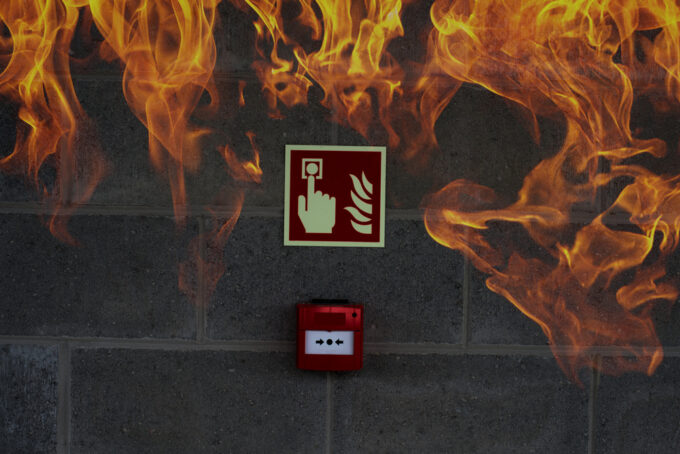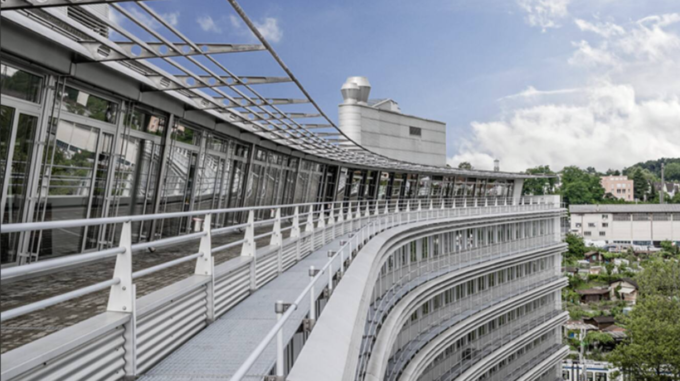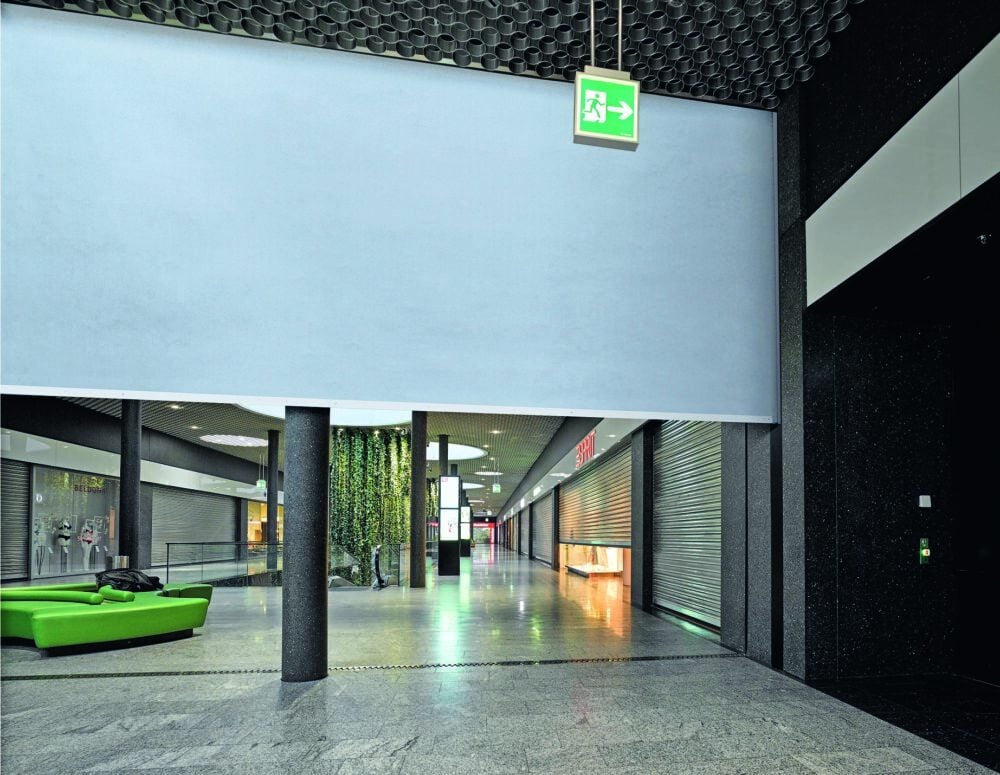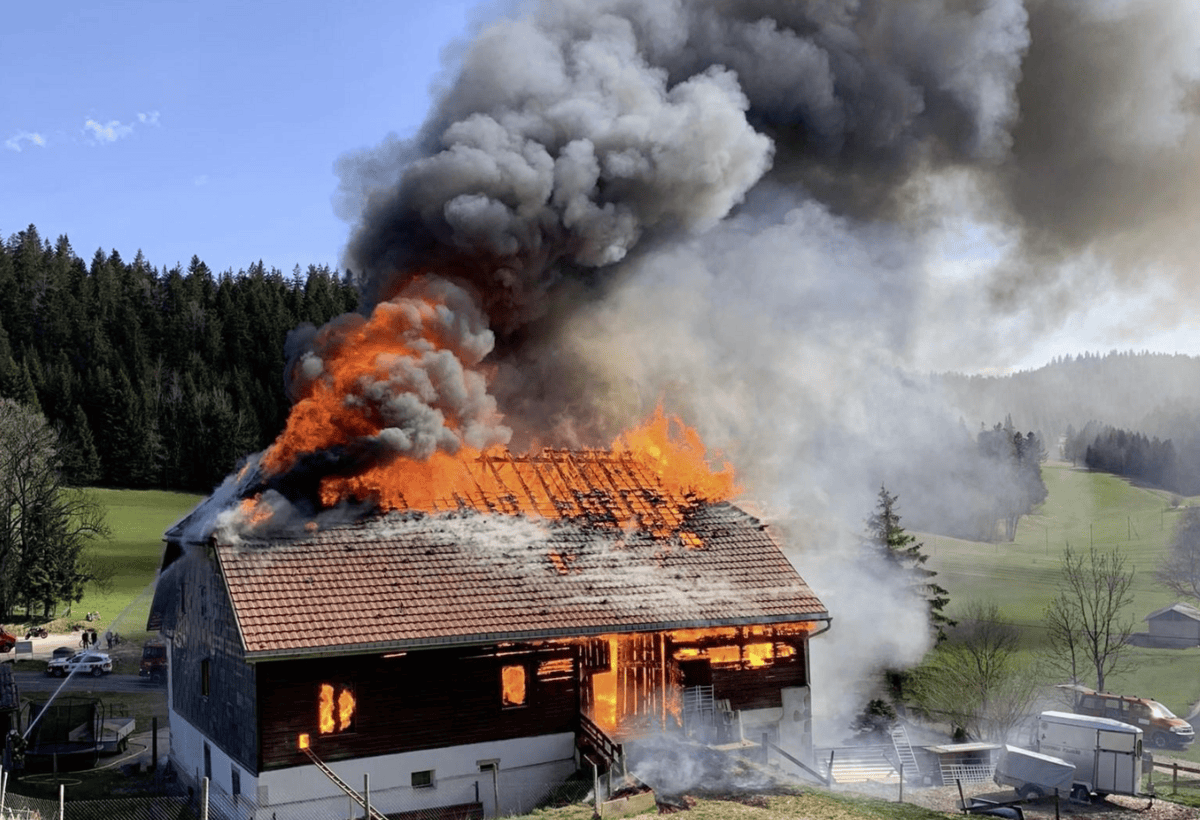Fire alarm systems: Is connection to the cloud a must?
Fire alarm systems are becoming increasingly intelligent. The cross-manufacturer trend is connection to the cloud. Data analysis enables faster response times and preventive maintenance measures, which generally increases safety in buildings.

For a long time, fire alarm systems (FAS) were only installed locally and the only connection to the outside world was to the fire department and the permanently manned office. The only way to check whether the system was in working order was the annual system inspection required by law.
Mobile apps with remote support
There has been movement in the industry in recent years: in order to improve monitoring and support when interpreting fault messages, many manufacturers offer their customers mobile apps and remote support. Messages from the system are sent to the person responsible for operations via push notifications and also sent to the installer via a VPN connection. This means that notifications are noticed much more quickly than if they only appear in the fire alarm control panel. If the installers see that no one is responding on site, they can proactively contact the company and provide advice. This is because there is a lot of uncertainty about how to react to a fault. In the event of a fire alarm, the case is clear: depending on the system settings, the fire department is alerted immediately or after a delay, while any false alarms can be acknowledged. Much more frequently, however, fault messages occur or the operator wants to switch off individual detectors. Many people do not know how to carry out such tasks, even though at least two people must be familiar with their operation in companies subject to fire alarm systems. As a result, fault messages are often ignored. The lack of competence is usually due to the fact that a fire alarm system does not need to be operated very often - ideally, an emergency should never occur. As a result, knowledge of how to operate the system is often not refreshed and is not passed on when there are changes in personnel. In the event of a fire, however, the fire alarm system must function perfectly.
With remote support, the installers help customers to interpret the messages and provide them with information on what needs to be done. In Switzerland, remote access to fire alarm systems is only permitted to a limited extent by law: at least one person who is familiar with the fire alarm system must be present in the monitored building so that they can check whether the changes made remotely have been applied correctly or carry them out themselves under supervision. Configurations and updates may still only be carried out locally.
Fast response and preventive maintenance
Connecting the fire alarm system to a cloud goes one step further towards a smart building. A fire alarm system continuously produces data. With a cloud connection, this data can be analyzed in real time and irregularities can be responded to more quickly. With modern fire detectors that test themselves, preliminary stages of fire events are quickly detected. The data is also stored in the cloud for the long term. This allows important key figures such as switch-offs, faults or pre-alarms to be generated as regular reports. These provide customers with the assurance that their systems are operational and also serve as proof that they have done everything possible to ensure safety - for example, to insurance companies after a fire. The historical data also provides indications for preventive maintenance work with the help of artificial intelligence. In this way, failures can be prevented, especially battery failures: fire alarm systems have a battery that has to supply them with power for 12 to 24 hours in the event of a power failure, depending on the building. Without intelligent data analysis, it is almost impossible to predict when a battery needs to be replaced. If, for example, the charging curve data can be analyzed in the cloud, the replacement can be scheduled without running the risk of the battery giving up the ghost at the most important moment. Another component that needs to be replaced regularly is the fire detectors. For example, early replacement can be planned based on the degree of soiling of the detectors, which is automatically and periodically queried.
Reconstructing fires
After a fire, the data from a locally installed fire alarm system is usually no longer accessible. However, they are backed up in the cloud. They can help to reconstruct the course of a fire and draw conclusions for the future: Which fire detector triggered first? What happened next? Algorithms also help to recognize patterns in the data: For example, if you notice that a pre-alarm is often triggered by the same detector at 10 a.m., you could check what happens in that room at that time. It may be possible to prevent false alarms with organizational measures.
Less time on site and compliant logbook entries
Remote support means fewer on-site visits are necessary. Many companies find maintenance work disruptive, especially if it restricts day-to-day operations. During the coronavirus pandemic, many companies postponed system overhauls because they were instructed not to allow external people into the company. However, without a remote connection to the installer, such postponements are associated with a risk. In the worst cases, companies did not even realize that their system was not working. It saves time for both customers and installers if maintenance work can be carried out remotely. And last but not least, the environment also benefits as fewer trips have to be made. Another advantage of a cloud solution is an electronic logbook: all work on a fire alarm system must be documented in a logbook. Paper logbooks are often incomplete or the entry is not legally compliant. With an electronic logbook, on the other hand, all events are automatically documented in accordance with the law and stored securely.
Look into the future
It can be assumed that most fire alarm systems will be connected to the cloud in the next three to five years. Artificial intelligence can further increase safety in buildings: Improved detector sensor technology and intelligent algorithms will help to detect patterns of potential fire incidents at an early stage. Building Information Modeling (BIM) and the constant desire for more comfort are making buildings increasingly intelligent - and comfort can only be increased with digitalization. If fire alarm systems are already part of the BIM model, conflicts in the positioning of detectors can be avoided. These often occur in connection with ventilation ducts or cable routing, for example. In operation, it is a great advantage for operators to be able to navigate virtually through the building and have all the information about the components used in a database, especially when procuring spare parts. Another argument in favor of a cloud connection for fire alarm systems is that building technology systems from several manufacturers increasingly have to work together - either at the customer's request or because even large providers can no longer manage the entire infrastructure of complex buildings on their own. However, installers must be aware that data protection is an argument against a cloud connection for some customers and that this issue must therefore be communicated appropriately. The technical possibilities for secure data transmission are mature, with secure VPN connections, firewalls and restricted endpoints. However, for critical infrastructures, for example, it will remain a trade-off between better protection against fires and better protection against cyber attacks. A connection will therefore not be a legal requirement in the future either - but in view of the numerous advantages for the additional safety of people, buildings and material assets as well as the improved efficiency of maintenance and emergency measures, a connection is an extremely worthwhile step.
About the author: Kurt Girschweiler, Chairman of TAK Fire Alarm Systems, Association of Swiss Installers of Security Systems (SES), www.sicher-ses.ch









